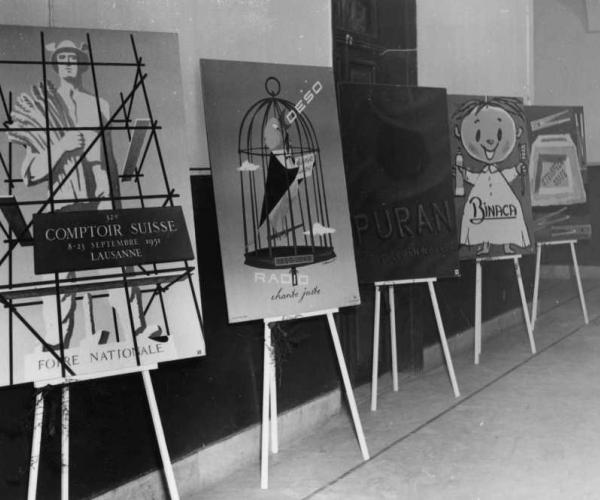The taste for a job well done
The applied arts have been a staple influence on Swiss cultural policy since the end of World War II. Swiss architects, designers, and graphic artists are amongst the main ambassadors for the nation’s virtues such as precision work and emphasis on high quality.
The renowned label “Swiss made” is not only of great value for the Swiss export industry but also plays an important role in Switzerland’s cultural foreign policy. As a part of Pro Helvetia’s programmes, the applied arts have been essential from the beginning. Architects, engineers, cartographers, photographers, designers, and graphic designers enjoy a privileged space within the policy of promoting Swiss culture, representing the national virtues of precision work and quality.
Pro Helvetia’s interest in the applied arts goes back to the post-war period when high quality was of great importance. Thanks to the innovative work of engineers and architects, educated at the Federal Institute of Technology, Switzerland was able to offer export products of great interest for and much in demand by the devastated neighbouring nations.The graphic arts, further advanced in Zurich after the National socialists closed down the German Bauhaus, also enjoy international recognition. It was in the 1960s, that Pro Helvetia enriched its programmes by including new disciplines such as photography and cartography.
Within the range of the promotion of Swiss culture abroad, also in contrast to other cultural events, exhibitions of the applied arts present the image of a decidedly modern country, open to the world and actively participating in the international dialogue in spite of its neutrality. This openness also corresponds with the commercial dimension of meeting the interests of the export industry.
In the second half of the 20th century, the proliferation of applied arts exhibitions indicated the wider geographical spread of Swiss culture. In the 1960s, engineers and architects became the first cultural ambassadors in countries of the postcolonial world. More often than not Pro Helvetia exclusively uses the applied arts in order to promote Switzerland’s cultural influence in far away countries










